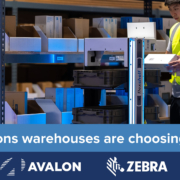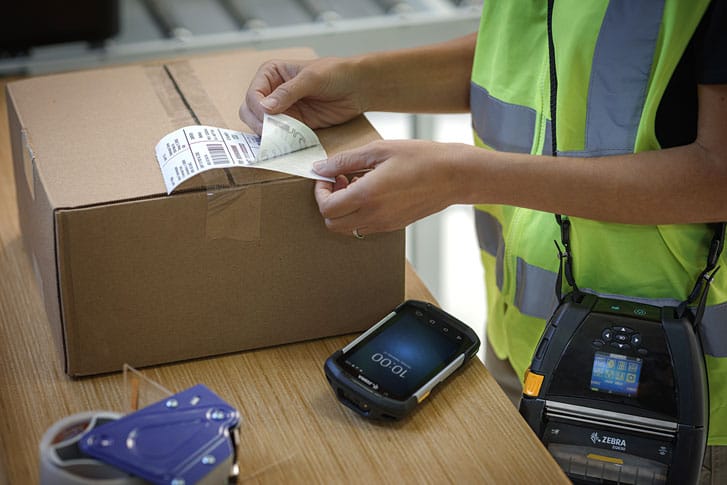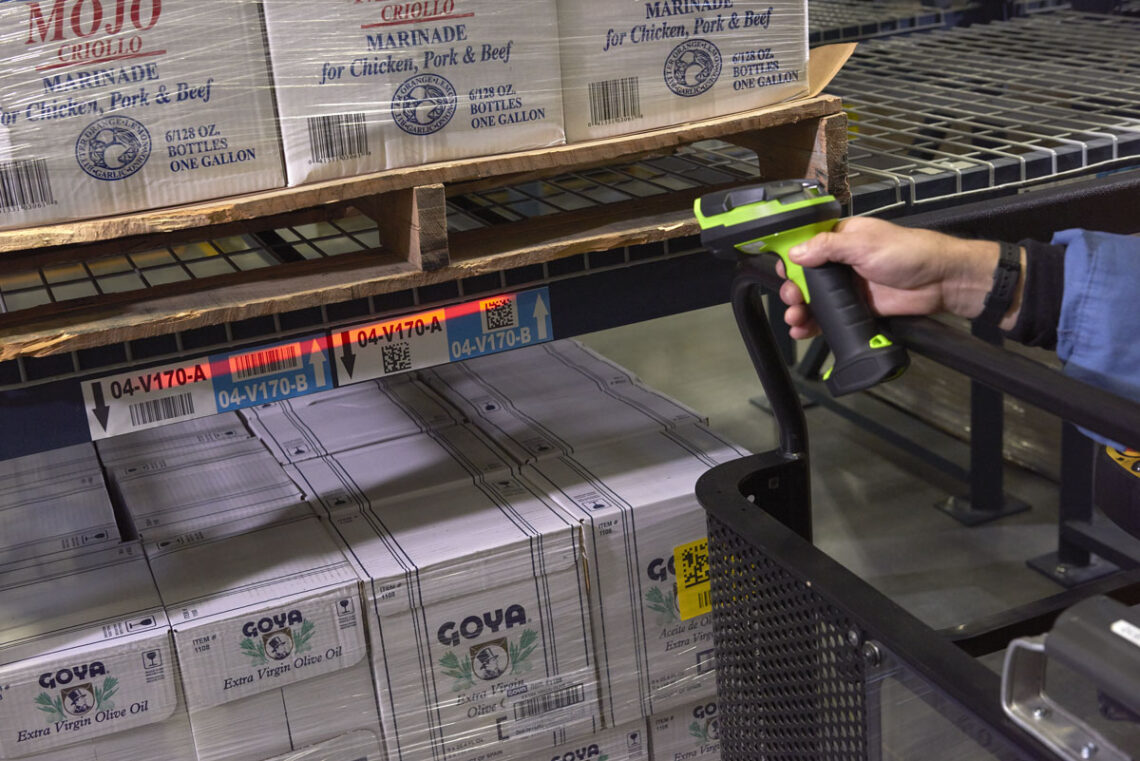For about nine years straight, industry researchers have cited labor retention as the top struggle in the modern warehouses. Between demands for same-day shipping and cyclical peak seasons, distribution centers have shared the struggle to transition seasonal workers into permanent positions. However, according to the 2022 MHI Annual Industry Report, this challenge has been overtaken by a new struggle: supply chain shortages and disruptions.
From batteries, to raw materials, to microchips, to skilled labor, shortages have impacted 57% of surveyed warehouses, increasing the prevalence of out-of-stocks, shipping delays, inaccurate forecasting, and overworked employees. As a result, businesses are attempting to enhance order fulfillment speed by reducing manual tasks and overstocking. For example, carrier giant, UPS, has recently stated it plans to deploy RFID tracking in at least 100 facilities by the end of 2022. The move is followed by many distributors seeking to stay a step ahead of shortages before they impact customer satisfaction.
As warehouses brace for even more shortages and inflation costs, many have taken the following pathways:
- Partner with vendors to understand software and application options – Supply chain shortages have impacted fulfillment expectations for modernizing warehouses since they can’t always get the technologies they need as fast as they need them. Consequently, businesses are also searching for vendors able to conduct software and application updates to expand the functionality of their current devices. This is where Android once again takes the centerstage as one of the most suitable operating systems for enterprise since it facilitates app integration through its open yet secured ecosystem. Moreover, productivity apps like Zebra’s Mobility DNA apps can also enhance handheld functionality through various features such as simultaneous scanning of multiple barcodes, remote battery management, device tracking, and easy troubleshooting.
- Increase investment plans for innovative technologies – A variety of repondants cites lack of clear justifiable reason as the number one obstacle preventing modernization. However, next-generation technologies have been crafted with current challenges in mind, providing decision-makers with a more concrete estimate of expected results that relate to their challenges. For example, mobile devices with embedded push-to-talk capabilities serve as a cost-effective replacement to bulky two-way radios, thus increasing worker ergonomics while diminishing MDM costs.
- Pilot new technologies that automate repetitive tasks – While cloud computing and storage continues to lead adoption rates in the modern warehouse, newer technologies like automatic identification and sensors have also risen to popularity as a way to both reduce labor efforts while preventing the wrong products from leaving the warehouse. Integrated RFID portals combine these two efforts by capturing tags and tracking inventory movement through wall-mounted and transitional RFID portals, linking real-time data to your WMS. Providing teams with greater inventory control and automatic updates, solutions like integrated RFID portals are expected to play vital roles in tomorrow’s warehouses, with adoption rates well exceeding 80% in the next five years.
The 2020 health crisis has forever altered supply chains, and experts agree that there is no turning back. Customers expect fast, error-free, cost-effective service in a world full of shortages, communication breakdowns, and skyrocketing prices. Whether via a handheld reader or an intelligent inventory software, automation is sent to be the leading solution to today -and tomorrow’s- supply chain challenges. To continue exploring more responses to supply chain shortages, reach out to our modernization teams.














